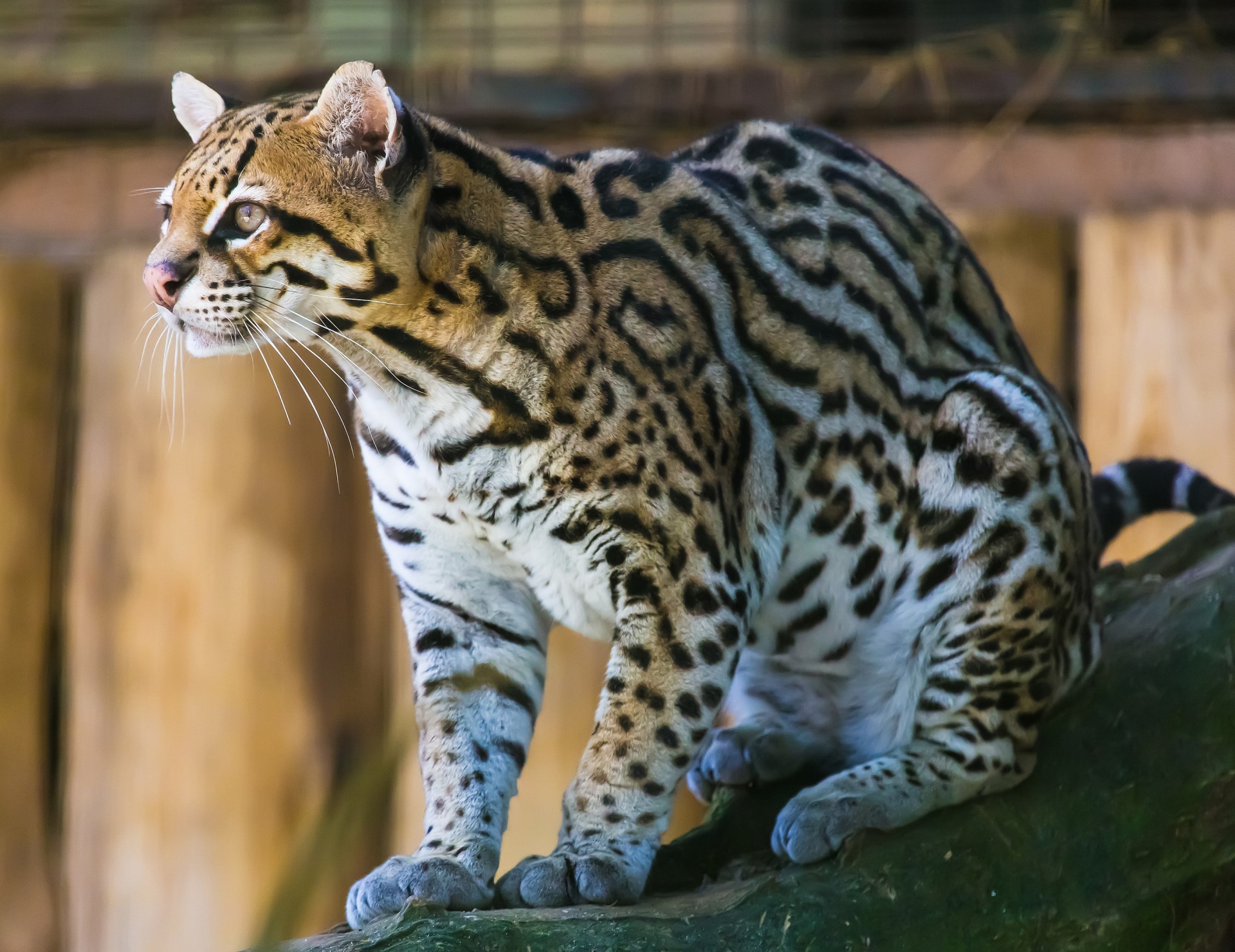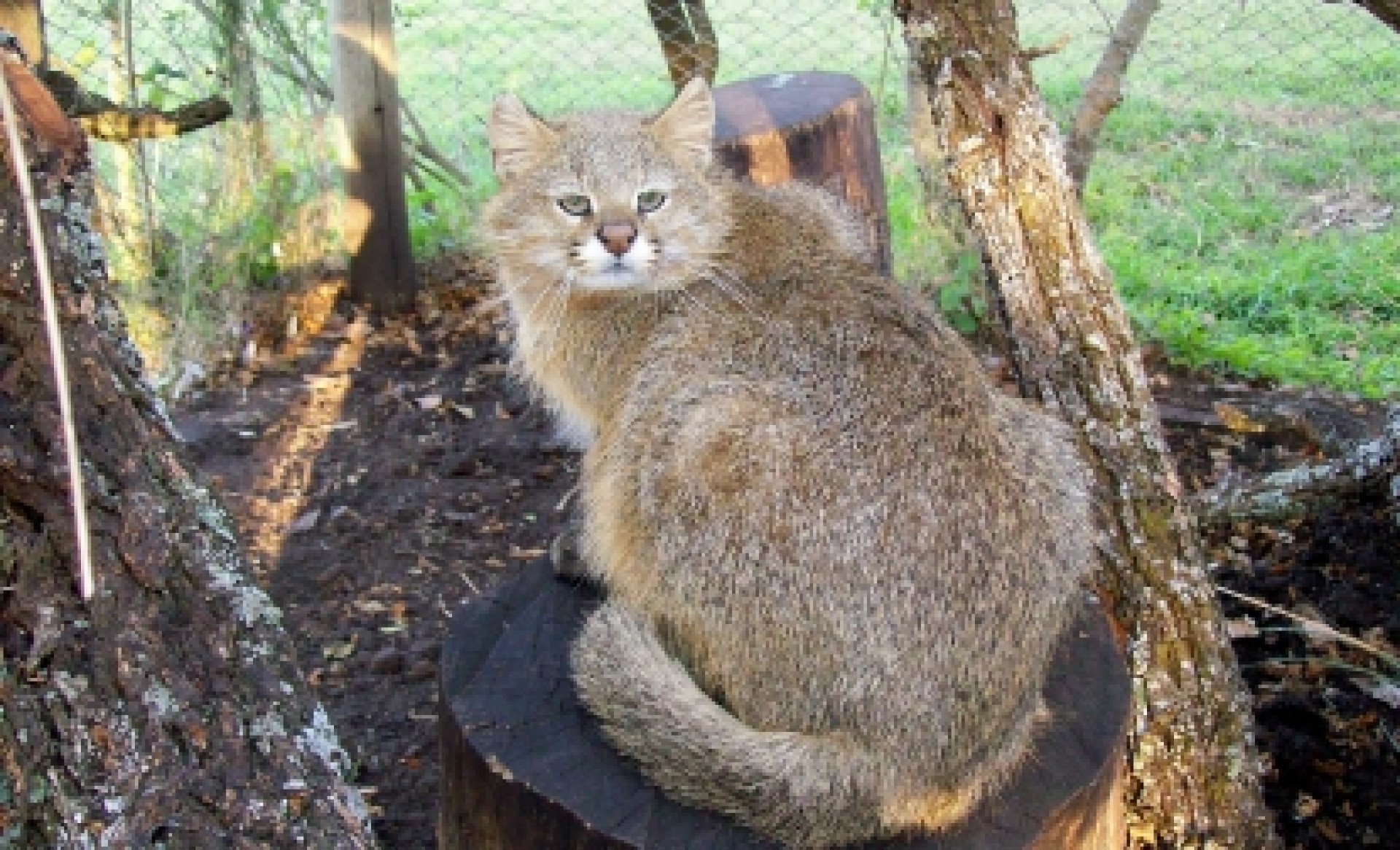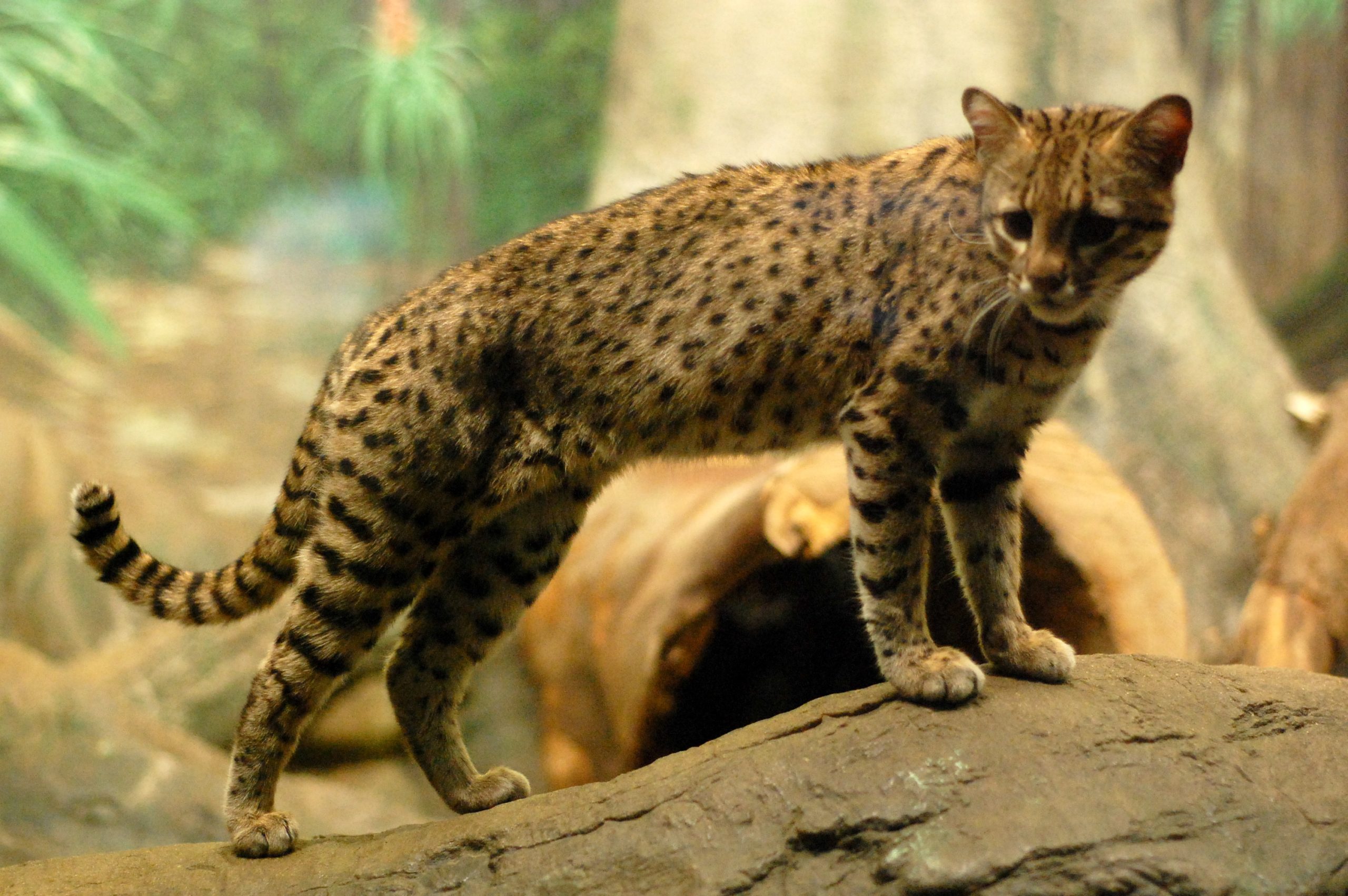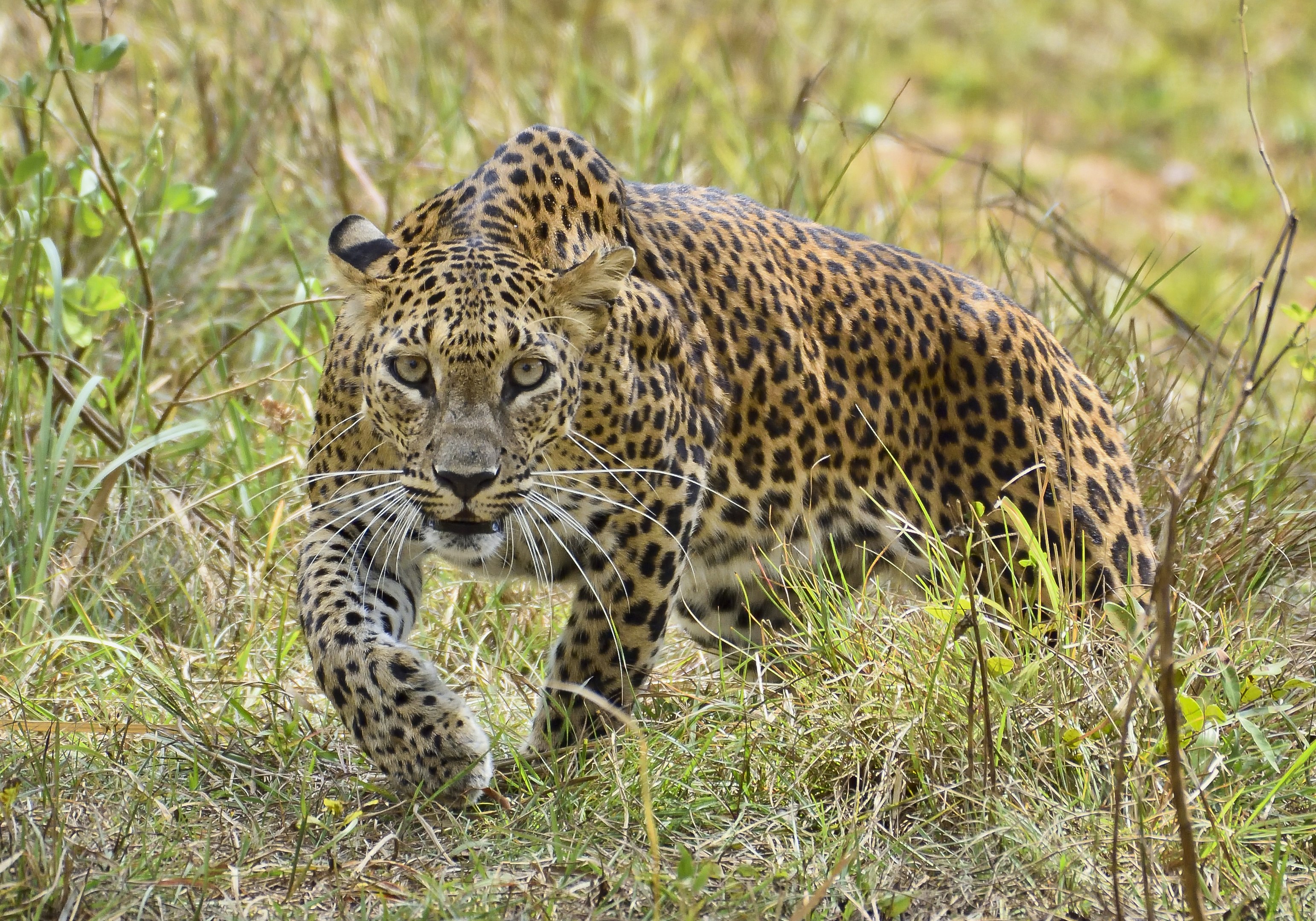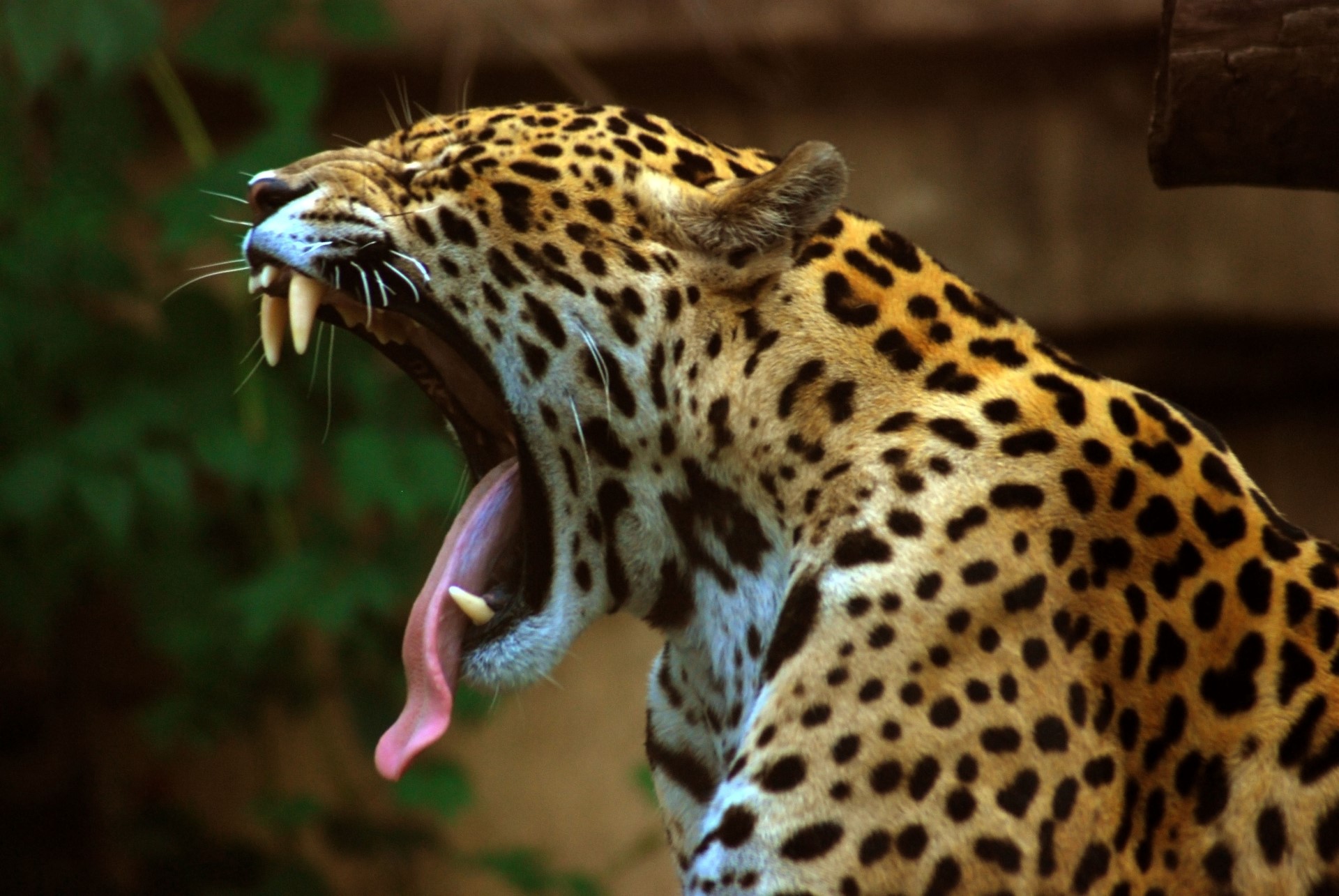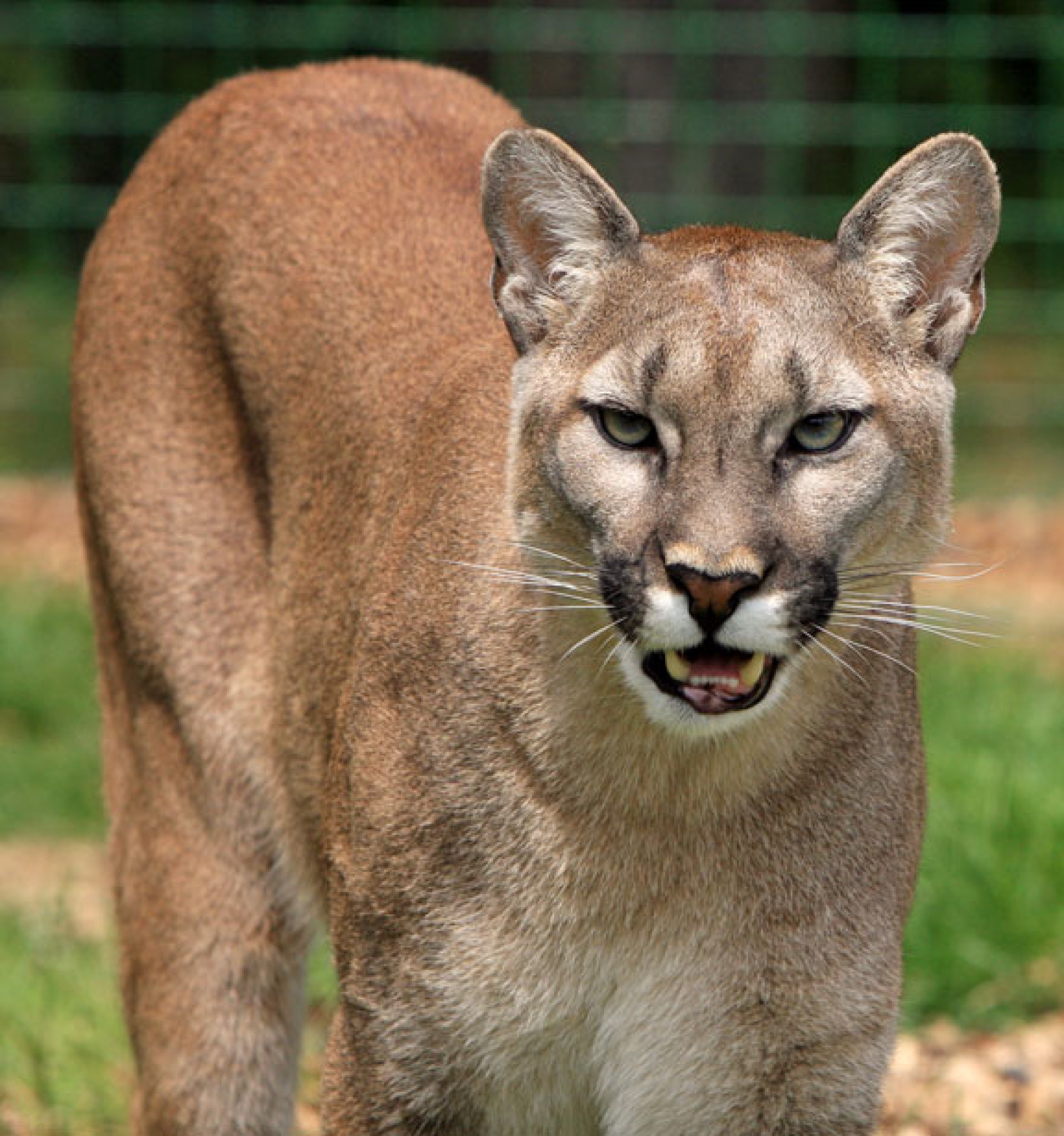
Cougar, Puma or mountain-lion
For most classifications, the cougar misses out on being a big cat, as it does not have the vocal structure to roar, as the others do.
It is largely solitary, and is generally a nocturnal or crepuscular cat (that is active at night or in the early morning and late evening). They have been persecuted since the colonization of north America by the Europeans, which has lead to patchy coverage. The Eastern Cougar is extinct, except for a sub-population called the Florida Panther which is isolated from any other Cougars. It is in better state in the west of the USA. In Southern and central America, it is still found in every country. In fact, it holds a classification of being the most widespread mammal to be found in the Western hemisphere.
It is a close relative of the Cheetah, which is believed to have initially evolved in the USA before migrating into Asia and Africa. The only animal which shares the same clade is the jaguarundi is the cougar, though the larger family called a Lineage and does include the cheetah

